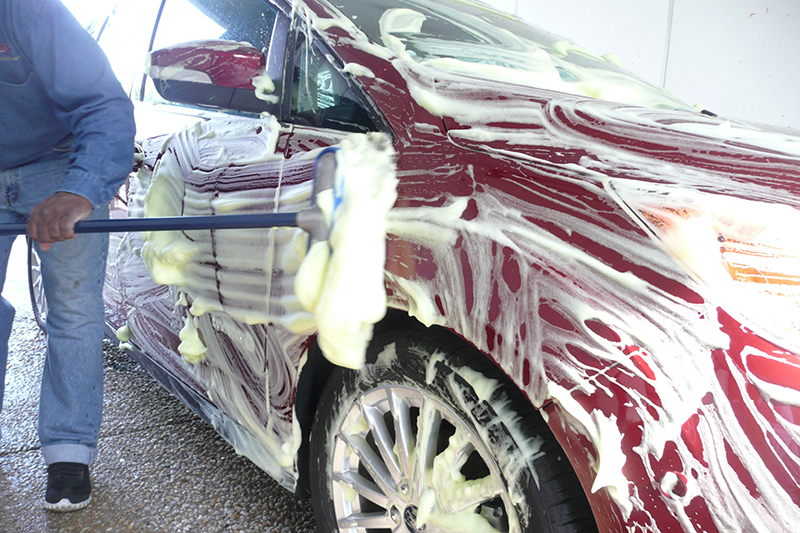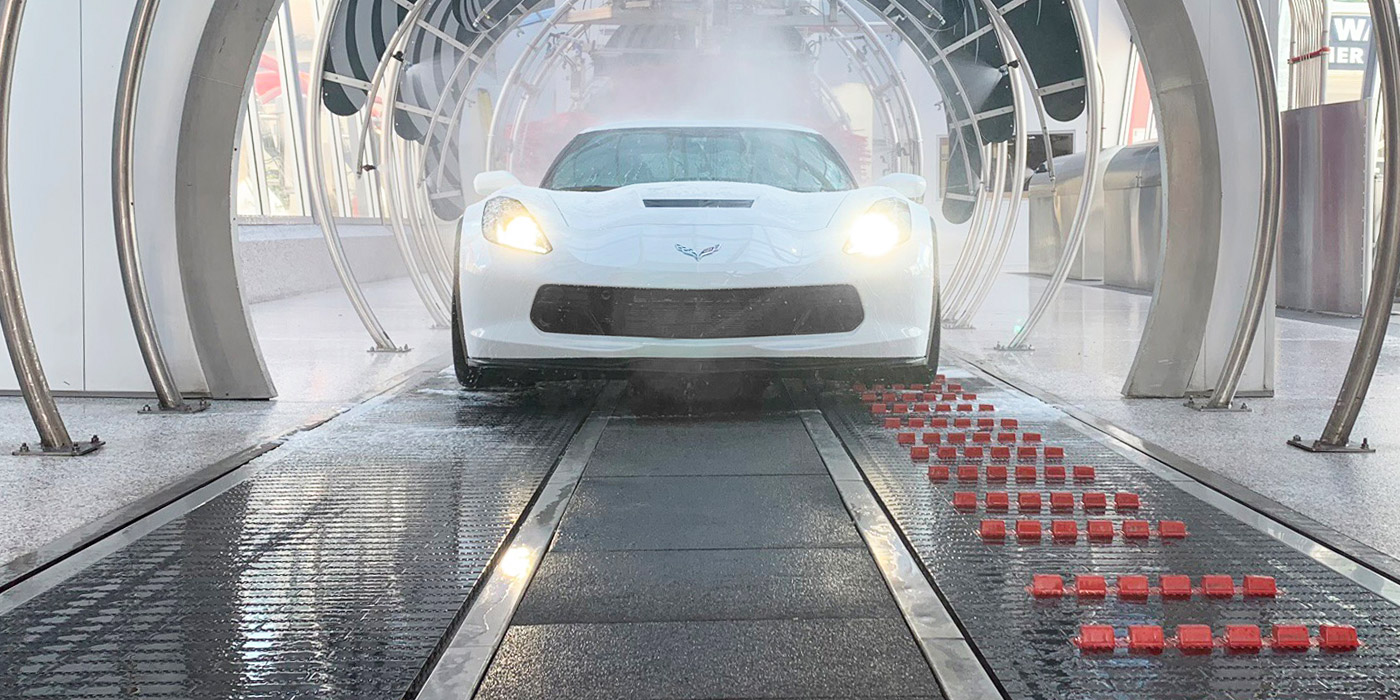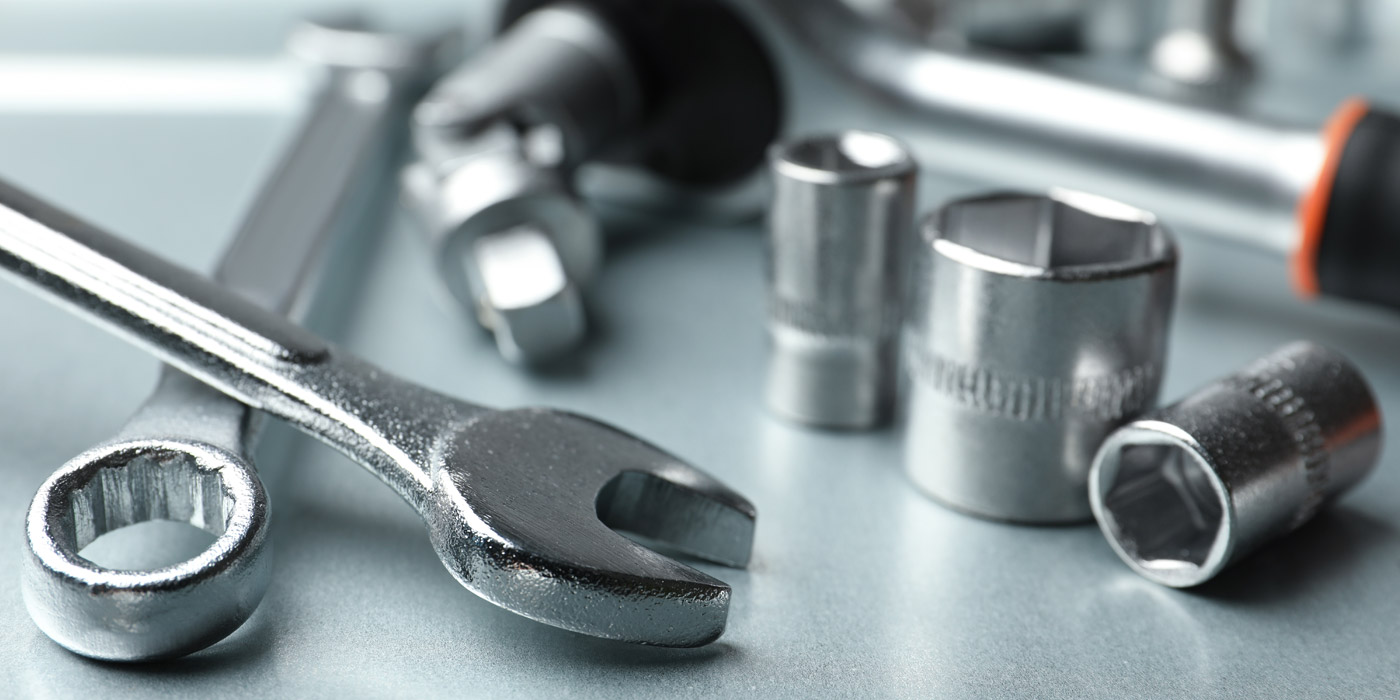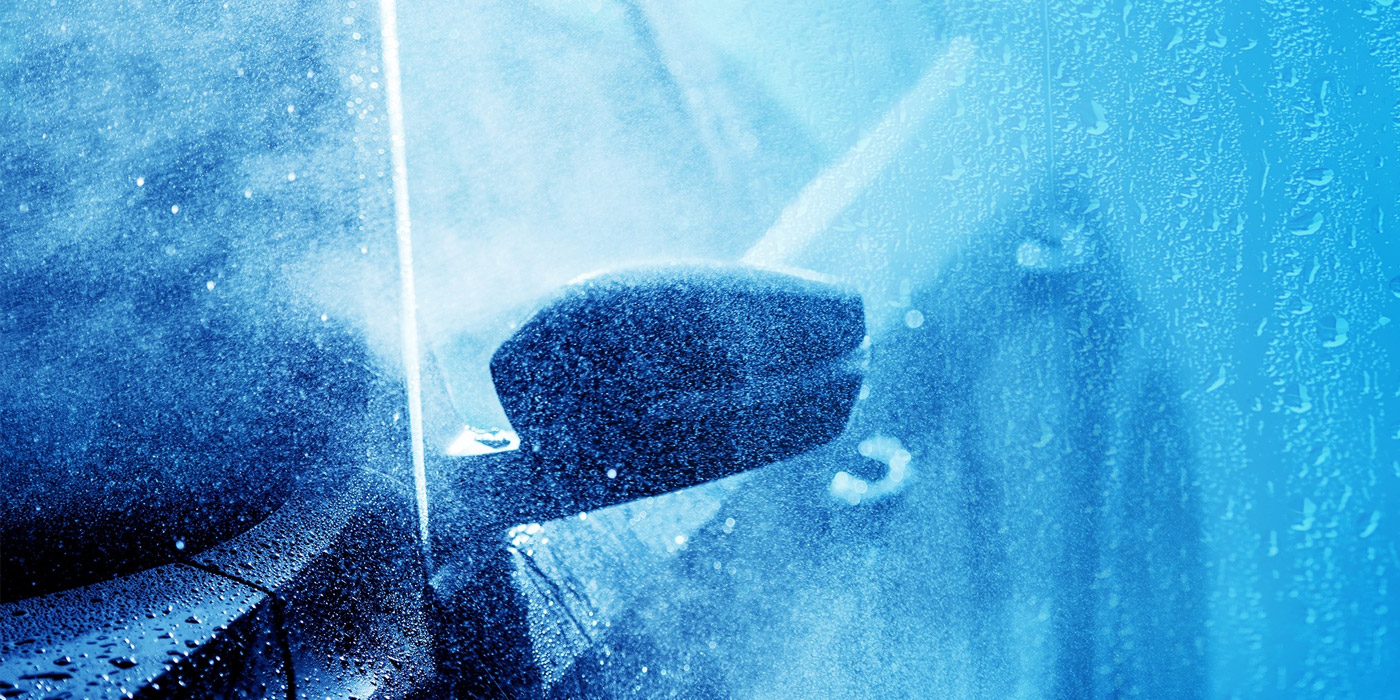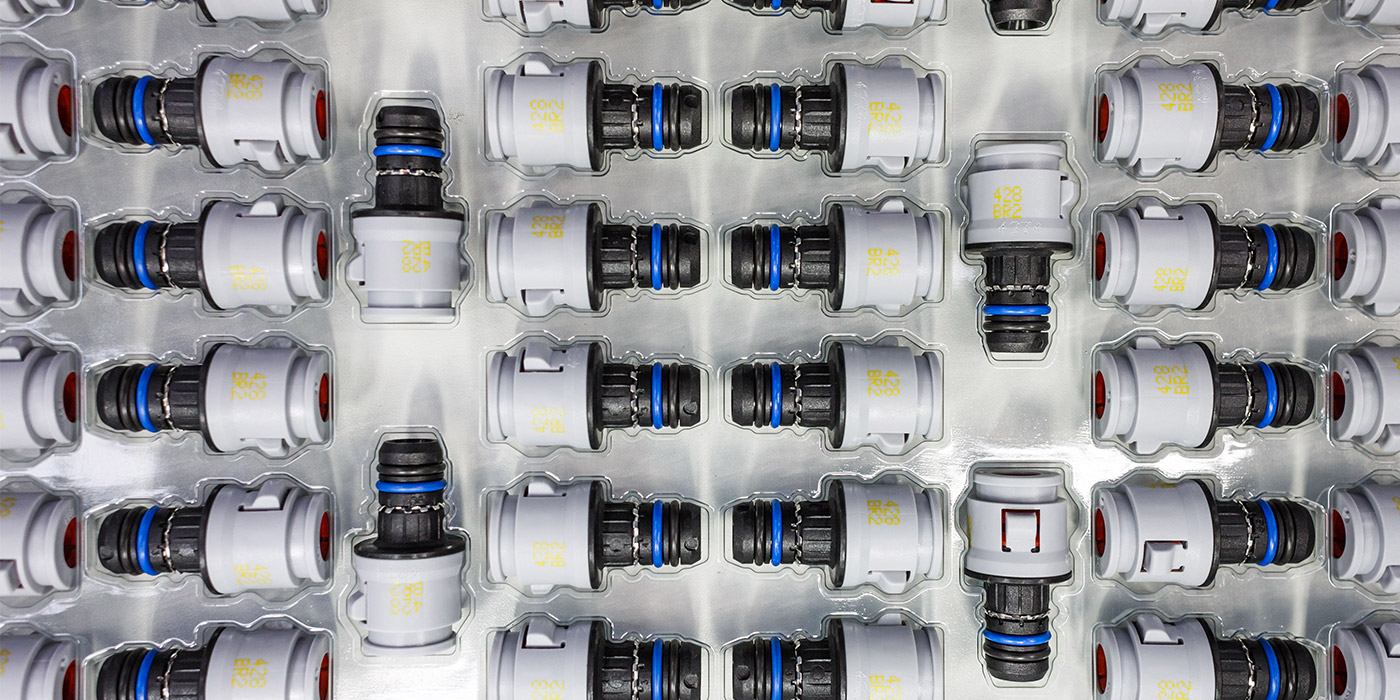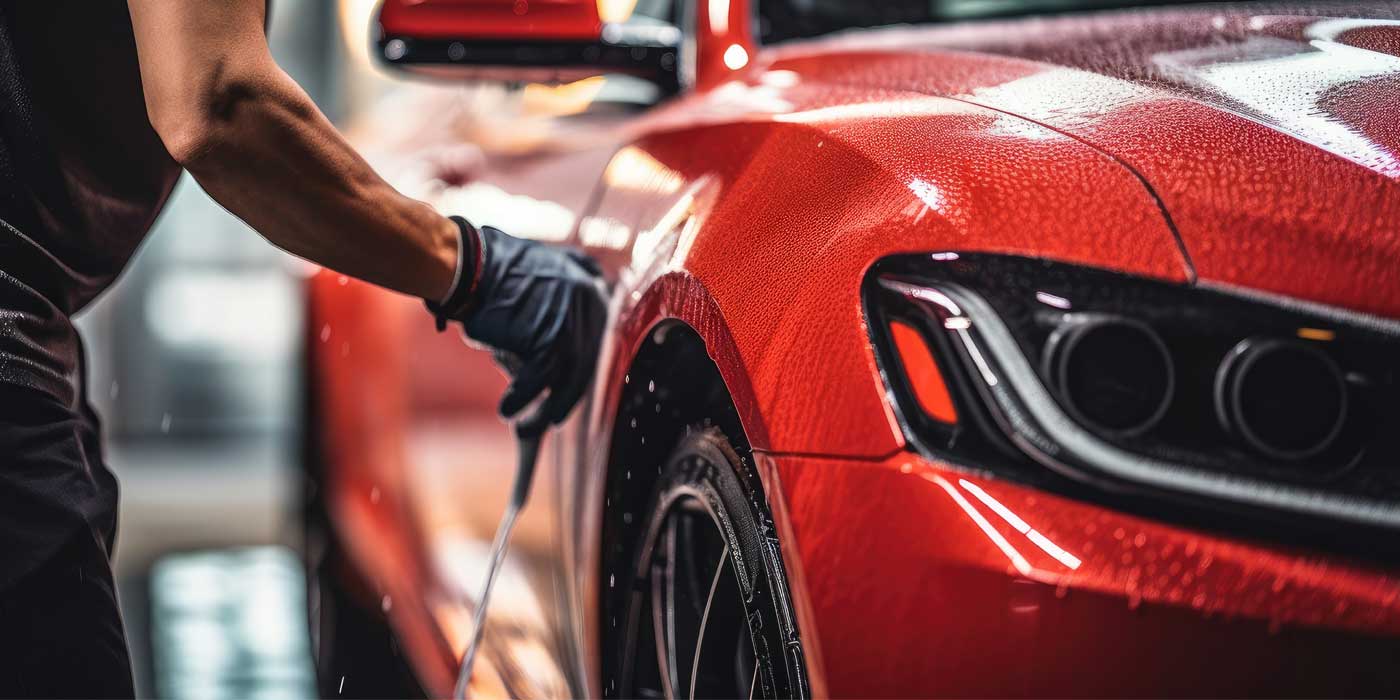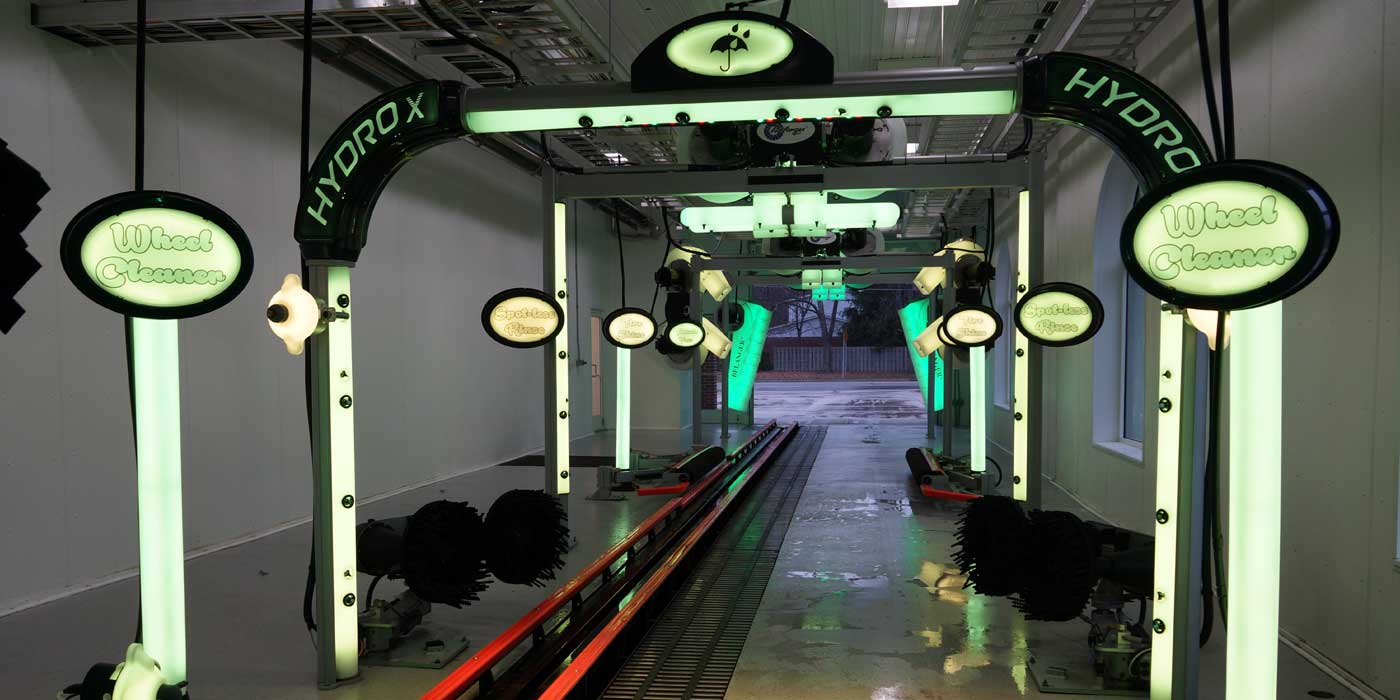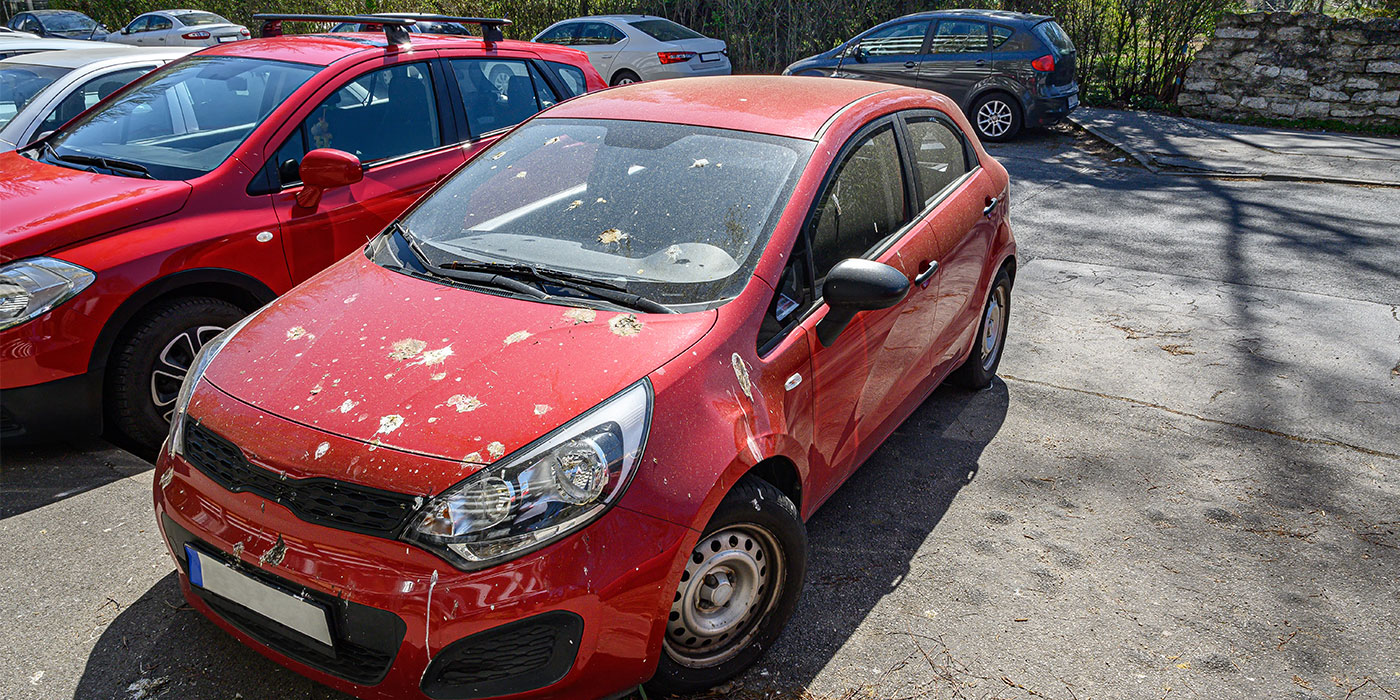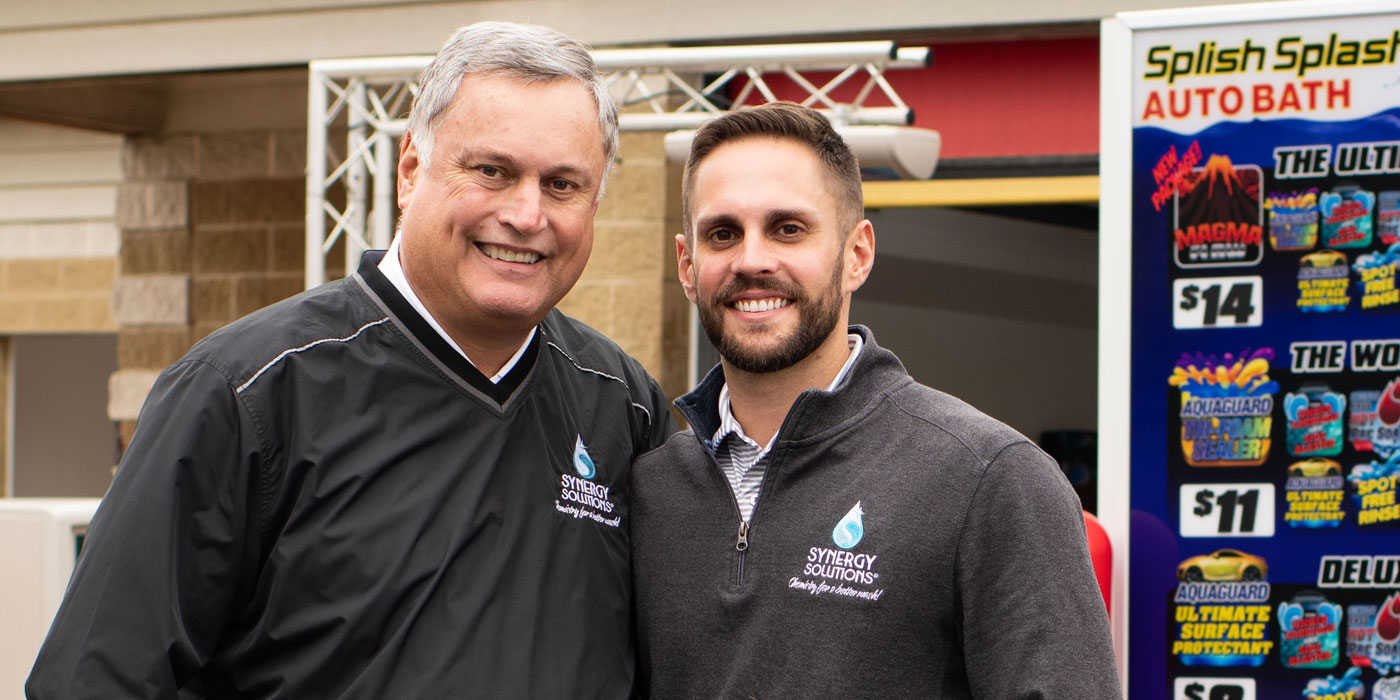The crucial importance of foam in self-serve cawashing bays is right there in the name: foaming brush. Without an adequate supply of thick, cleansing and sudsy foam to properly loosen grit and serve as lubrication, a foaming brush simply cannot do a proper job.
Available in a variety of fill/bristle options, these self-serve brushes work by pumping soapy foam through the handles and out small holes in the brush head. Now, imagine that when the customer uses the brush, just a dribble of foam, rather than a high lather, trickles out. What will impress the customer more? What will make the customer feel like he or she is getting a better carwash? What results in a visibly cleaner vehicle?
“For self-serve bays, the quality of the wash often depends on providing an adequate quantity of foam. So, it is essential that the foaming brush provides enough foam in a continuous flow to cleanse dirt and grit from the brush head to provide a better cleaning,” says Dan Pecora, owner of Erie Brush & Manufacturing (www.eriebrush.com).
A better brush design
Without sufficient foam, gritty road debris can remain on car surfaces even if a brush is used, particularly when that debris is adhered with dirt or oil. Improperly lubricated foaming brushes can cause problems with the paint.
The problem is that most standard 9-inch foaming brushes have only two to three holes to feed the foam, which often results in an insufficient supply across the brush head. Instead, more holes of greater diameter are actually required to ensure enough foam is available to lubricate the entire brush head.
As a solution, some self-serve foam brushes are designed with proper foam application in mind. That was the impetus behind designs that now provide six foam feed holes on a typical 9-inch brush.
However, there are other factors that are important in foaming brushes beyond their ability to create adequate foam, says Pecora. This includes the brush fill/bristle choice, protective rubber gaskets that prevent accidental “bumping” damage to vehicles and even the length/grip of the handles.
“All these elements contribute to the quality of the wash and the customer’s perceived experience,” says Pecora.
Perhaps the most important choice beyond the ability to apply ample foam is the type of fill/bristle used for the brush.
Less expensive options, such as nylon, polyester and polypropylene filaments, may save a few dollars on the front end, but if they scratch the vehicle’s paint, they are a sure-fire way to lose a customer for life and even generate negative word-of-mouth advertising. Also, because they are constructed of fewer, shorter and coarser filaments per brush head, they wear out quickly, bend out of shape and require frequent replacement.
Soft cloth and gentle foam fill usually come about 3.5 inches long, and they are good choices for self-serve operations that want to avoid filament brushes. Both are still relatively inexpensive, and some people believe they add a nice shine to a car.
However, the top self-serve foaming brush choice remains hog’s hair bristles (2.75 to 5 inches long). The finer, longer filaments do not scratch and provide a softer overall wash. Since each hair is tapered, hog’s hair brushes are much softer at the feathered tips for gentle washing but allow for more rigorous scrubbing when more pressure is applied.
Hog’s hair is also very durable and resilient, despite bending and prolonged use. This is due to the hair quickly recovering its natural shape, even when bent 90 degrees. In contrast, once traditional brushes are bent, they may remain out of shape and must be replaced. In fact, one hog’s hair brush can outlast two to three less expensive options.
The length and softness of the brush bristles matter as well, says Pecora. Longer, softer bristles not only tend to release grit more easily, but they also apply the foam more thoroughly across the vehicle.
Not-so-minor details
Since applying enough foam to attain a good, clean wash is best achieved by putting an easy-to-use foaming brush in the customer’s hands, considering a few additional factors can also enhance the process.
For example, as mentioned, to prevent potential marring of the vehicle surface, the brush should be protected with a soft-rubber bumper gasket that prevents damage from accidental contact with the vehicle surface.
As for foaming brush handles, longer options enable better reach but can be more tiring to use. A standard foaming brush handle length is 40 inches but could range from 36 to 44 inches.
Because a slippery, foaming brush grip can make the equipment hard to hold, Pecora recommends having a non-slip coating over the entire foaming brush handle to provide a secure grip anywhere.
Adding a handle swivel to the foaming brush also makes it easier to use, because it prevents the brush hose from twisting or kinking, explains Pecora. “This inexpensive, sometimes overlooked device makes the foaming brush much easier and less tiring to use, so your customer washes his or her car longer, gets a better wash and gives you more business,” he says.
Given that foaming brushes are the single-most important item the customer sees and touches when entering a self-serve, it essentially functions as a calling card for the business and speaks directly to the care and attention to detail the customer will receive.
As such, many self-serve operators are paying more attention to the choice of foaming brush. With an understanding of how important it is to apply more foam more evenly, self-serve carwash owners are now prepared to select from the brush options that provide their customers with the best washes possible.
Del Williams is a technical writer based in Torrance, California. He writes about health, business, technology and educational issues, and he has an M.A. in English from C.S.U. Dominguez Hills.

